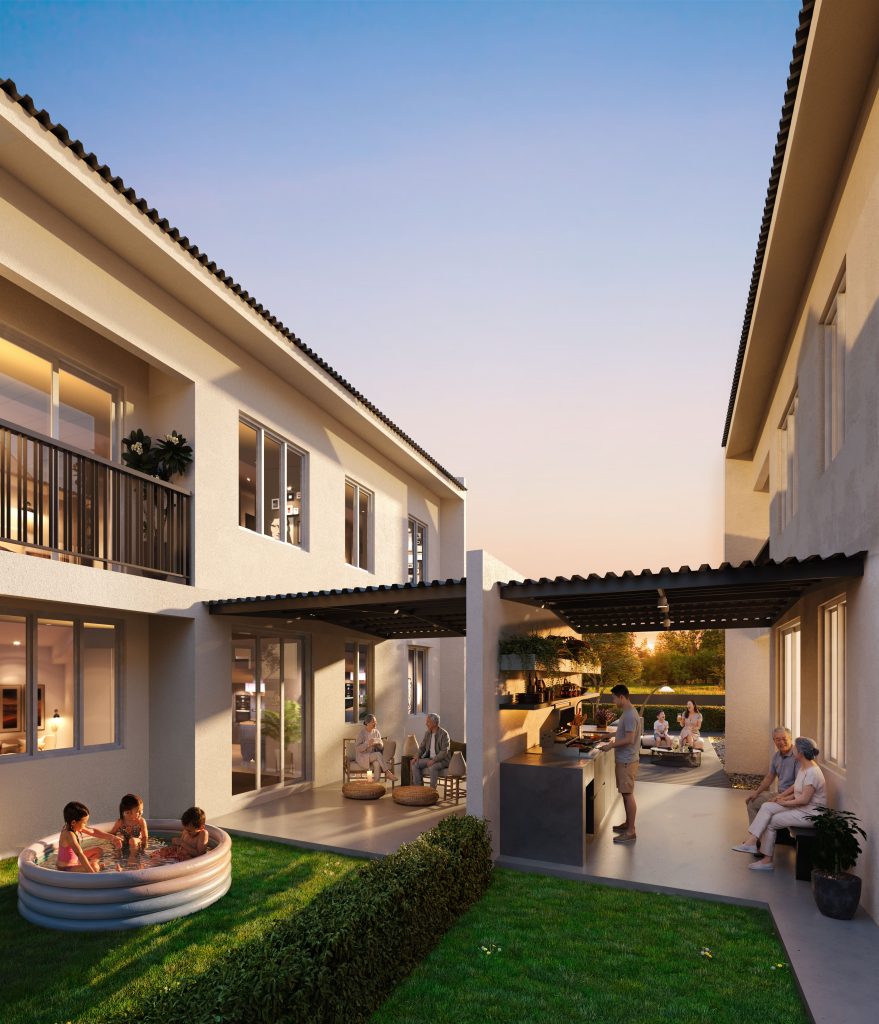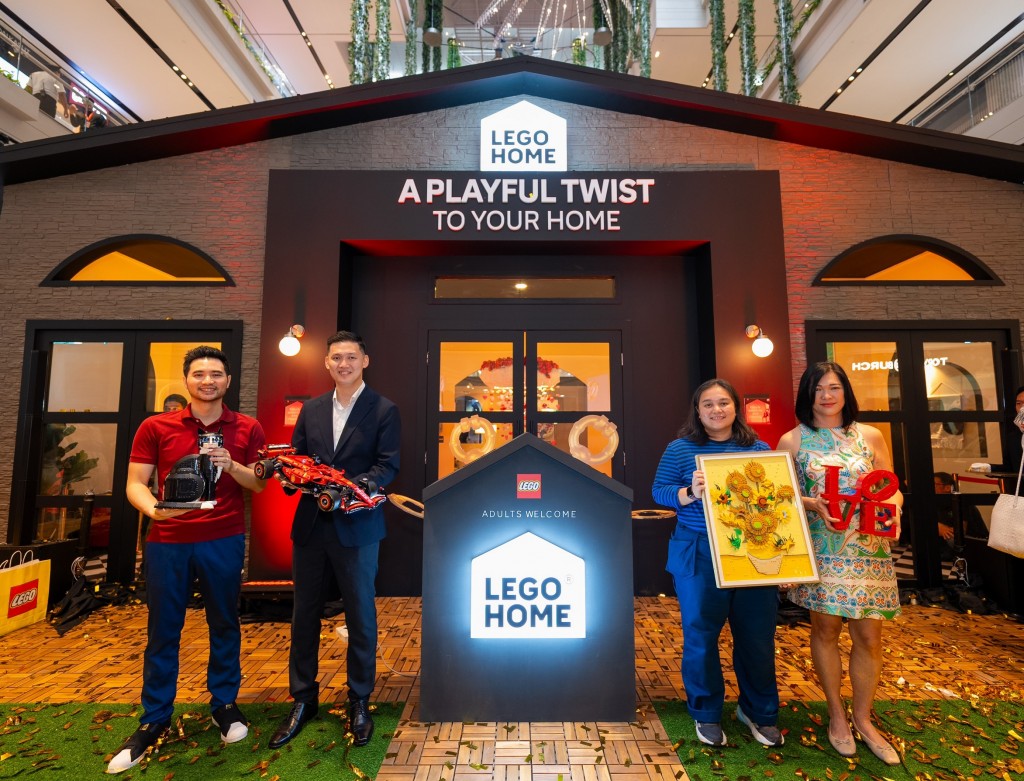
Japan's construction industry is well-known for its earthquake-resistant infrastructure, careful planning and extraordinary innovations.
As a pivotal driver of Malaysia's economic growth, the construction industry relentlessly pursues the nation's objectives outlined in the National Construction Policy 2030. While construction standards here are considered adequate, they could be better. Malaysia is fortunate that its natural disaster count is relatively low compared to other countries but it always pays to be ready. That is why Malaysia has been forging closer ties with Japan, which has perfected its construction standards amidst the number of natural disasters that occur on its islands.
Japanese building is renowned for its painstaking attention to detail and emphasis on high quality. The deeply ingrained kaizen philosophy, which places a strong emphasis on ongoing improvement is evident among the locals. Similar strategies, centred on employing skilled workers who take pride in their craft and utilise premium materials, can be advantageous for Malaysian construction companies. In addition to producing more sturdy buildings, this would improve Malaysia's standing in building top-quality constructions.
Strong foundations come first
Japan's construction industry is well-known for its earthquake-resistant infrastructure, careful planning and extraordinary innovations. Noting that the west coast of Peninsular Malaysia and eastern Sabah are susceptible to low to moderate seismic activity, the nation can ensure the safety and longevity of its buildings in the event of an earthquake by implementing Japanese practices such as base isolation systems and seismic-resistant materials.
In terms of site safety, even the most seasoned construction professional visiting any construction site in Japan has mentioned having an eye-opening experience. To reduce the risk of worker injuries, sites are staffed with a multitude of health and safety professionals. Some hold flags while others direct traffic and monitor the area to make sure no real or perceived red lines are crossed.
Japan’s 2050 carbon reduction goal
Japan has set strict targets for reducing carbon emissions by 2050, with a focus on the potential health benefits. One area where this could be beneficial is in the increasing reliability of telematics data on CO2 emissions and more importantly, how to mitigate emissions.
Naturally, Japan's objectives would also be furthered by fuel management systems, more efficient use of machinery, better resource allocation and improved overall efficiency with a focus on removing downtime in the construction sector.
Technological leaders
Japan is at the forefront of construction technology and Malaysia stands to gain a great deal by adopting these developments. They utilise Building Information Modeling (BIM), the process of creating a digital representation of a building extensively, and this results in better communication among engineers, contractors and architects. According to studies, the system reduces mistakes and boosts project productivity, saving project costs by as much as 20%.
Japan also has special technological protocols in place should an earthquake occur. It experienced a smaller but still significant earthquake in November 2014, measuring 6.7 on the Richter scale close to the city of Nagano. No fatalities occurred and anecdotal reports suggest that the residents carried on with their daily activities relatively unaffected. This was most likely due to local Japanese original equipment manufacturers (OEM) who have special protocols in place that stipulate the immediate release of their machines in the event of a disaster as part of systematic disaster management programmes. To put it directly in perspective, 3,000 people lost their lives in a similar-scale earthquake measuring 6.9 on the Richter scale that occurred in south Italy in 1980.
Well-trained workforce
It is safe to say that the building industry’s success depends on having a well-trained workforce behind it. Japan’s established system of vocational training guarantees a constant supply of skilled labourers for the construction industry. By establishing internships and funding programs for these training courses, Malaysia can benefit from this model and fill in any minute gaps that still exist in the local workforce. Furthermore, more young Malaysians will be inspired to work in the industry if backed up by Science, Technology, Engineering and Mathematics (STEM) education.
Differences between Japan and Malaysia
Even though Japan offers a wealth of knowledge, it's critical to recognise the contextual distinctions between the two nations. Compared to Malaysia, Japan has a higher GDP per capita, which makes it possible to invest more in building technology research and development. Additionally, due to their lack of land, Japan has led to innovations in efficient and space-saving building techniques, some of which may not be directly applicable to Malaysia, which has an abundance of land.
Knowledge sharing and teamwork are the best ways to move forward. Steps in the right direction have been taken, such as the recent agreement between Malaysia and Japan to increase collaboration in digitalisation and construction technology. The commitment was voiced during a key meeting in late April between Works Minister Datuk Seri Alexander Nanta Linggi and Japan’s Deputy Land, Infrastructure, Transport and Tourism Minister Kokuba Konosuke in Tokyo. Collaborations such as these can help Malaysian and Japanese construction companies share knowledge and experience through cooperative research projects and expert exchanges.
Stay ahead of the crowd and enjoy fresh insights on real estate, property development, and lifestyle trends when you subscribe to our newsletter and follow us on social media.















































